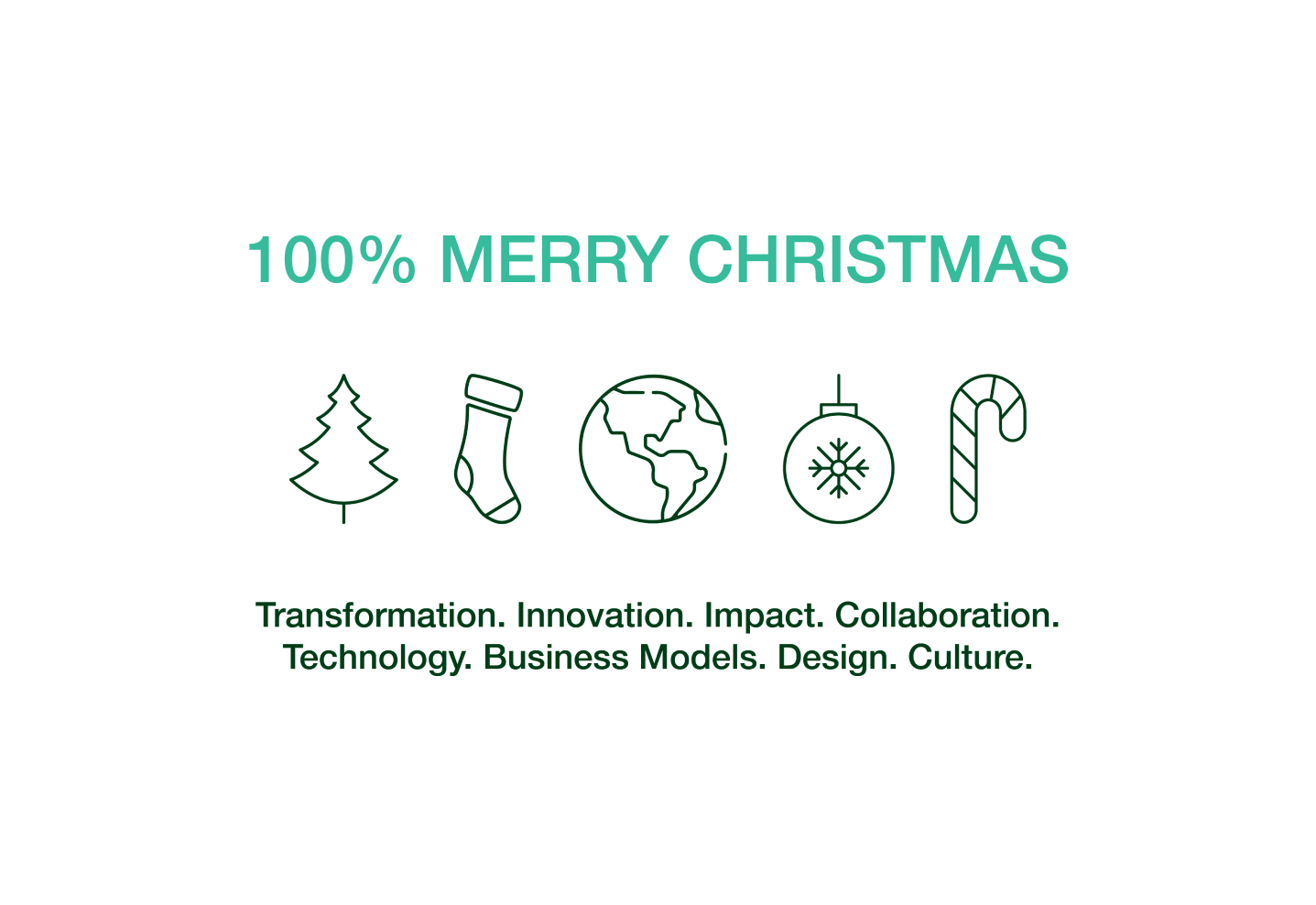This 2023 we have started, together with So Good So Cute, a space for interviews in which we wanted to give voice to different protagonists of the fashion sector to generate discussion on the phase of use of textiles as a key to a more circular industry.
We begin the cycle with Clara Guasch, director of GirbauLAB, who introduces the idea of textile culture. Clara speaks to us, among many things, about quality, use and care of garments to extend their durability and reduce environmental impact.
The challenge is to ensure that the garments do not stay in the closets. We already have museums for this purpose.

We also spoke with Elodie Rousselot, coordinator of the book Circular Design for Fashion by the Ellen MacArthur Foundation, a non-profit organization created to accelerate the transition to the circular economy. Elodie talks about circular design applied to fashion and the challenges that arise along the supply chain. She highlights how design must incorporate the three principles of the circular economy: remove waste and pollution; recycle products and materials; regenerate nature.
Is it sustainable for everyone on the planet to own a cotton T-shirt?

In this cycle of interviews, GINETEX, the International Association for Textile Conservation Labeling, could not be left out. We talked to Alejandro Laquidain, vice-president of the organization, to discuss the role of labeling and the interest of citizens in the care of garments. With the appearance and spread of synthetic and artificial fibers, garment care became more difficult. Some manufacturers began to provide information on how to wash and treat the garment at home, but each one used a different language and symbology. GINETEX reduces all this information to five pictograms.
This is not a question of imposing a standard in Europe and forcing others to adopt it, but rather of finding a way to reach a consensus on the same criteria at the international level.

With Fermin y Gilles we visited Reborn, the second-hand clothes fashion show at 080 Barcelona Fashion, and we addressed interesting topics such as responsible consumption and reuse in fashion. They tell us about outfits created from the concept of second hand, carefully styled, conveniently sanitized, and attractively presented in stores. Making clothes more durable is one of the key elements to increase their use, and continuing to enjoy fashion without compromising the planet is a necessity.
Companies involved in the marketing of second-hand garments must make an extra effort to dignify them.

And finally, we spoke with Anna Cañadell and Alba Garcia, co-founders of BCome,to delve into the impacts that a garment has in its use phase. With them, we talked about environmental, social, and circular impact; the digital passport and the knowledge of the properties of a garment; and its necessary traceability, from the raw material to the delivery of the final product. The most important thing is to offer information about how the consumer can relate to the garment to extend its use and facilitate its circularity when it reaches its end of life.
We are buying clothes without knowing what our purchase implies and wearing them without being very clear about our impact on the environment.





share